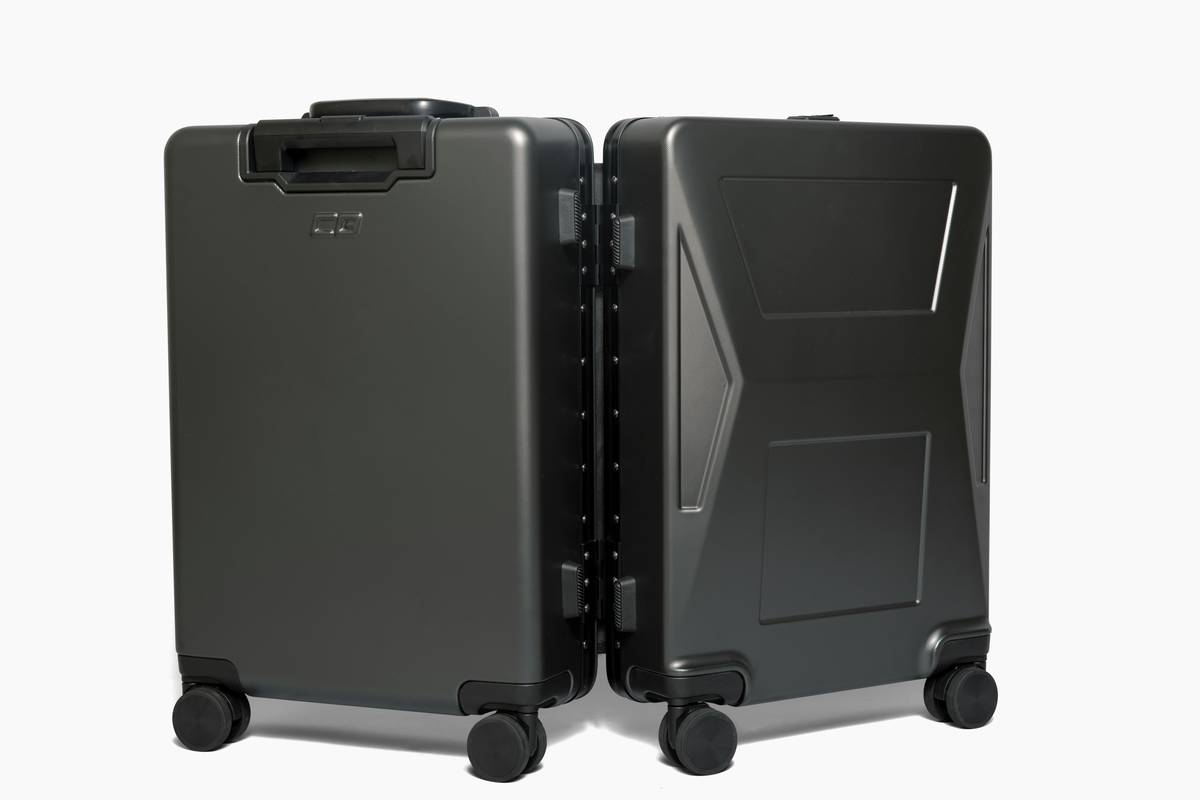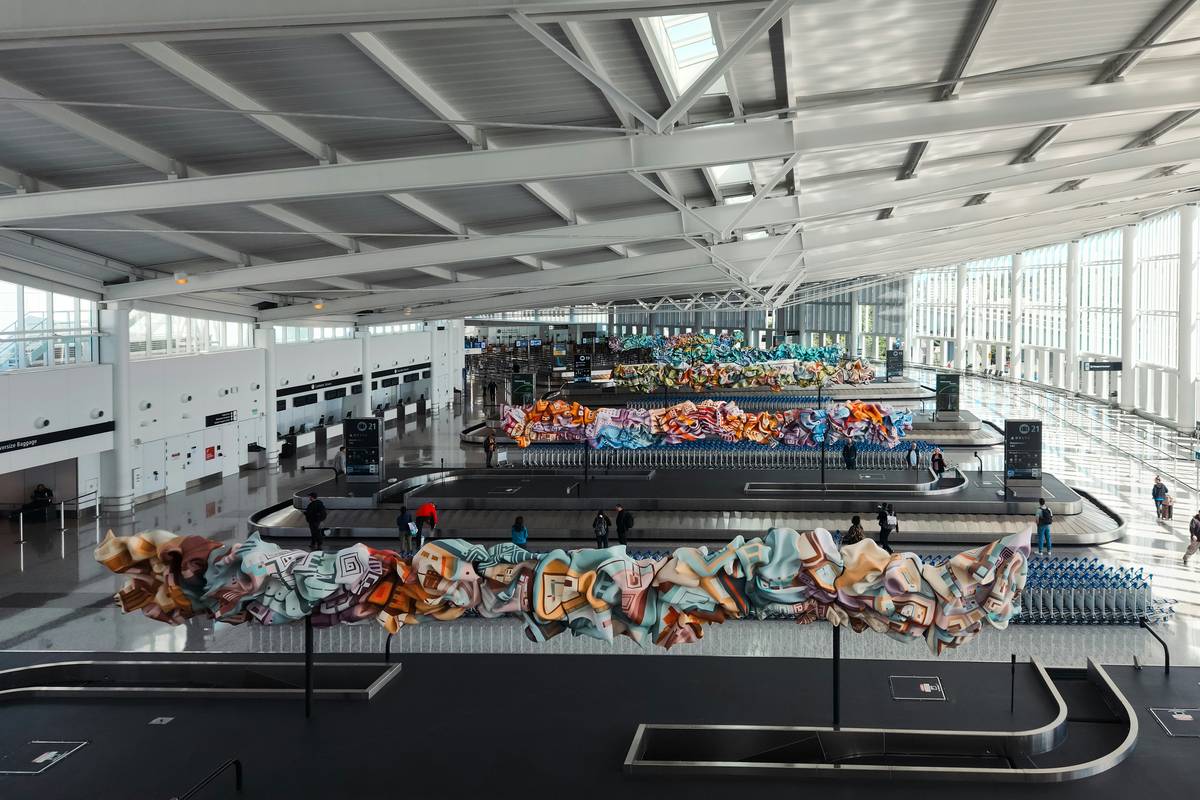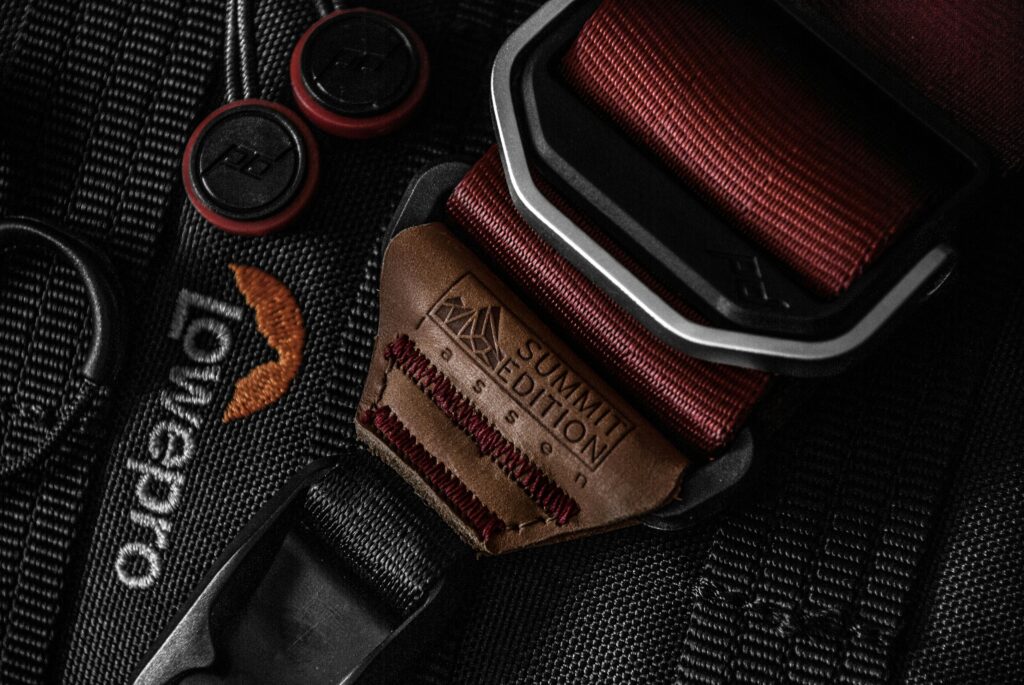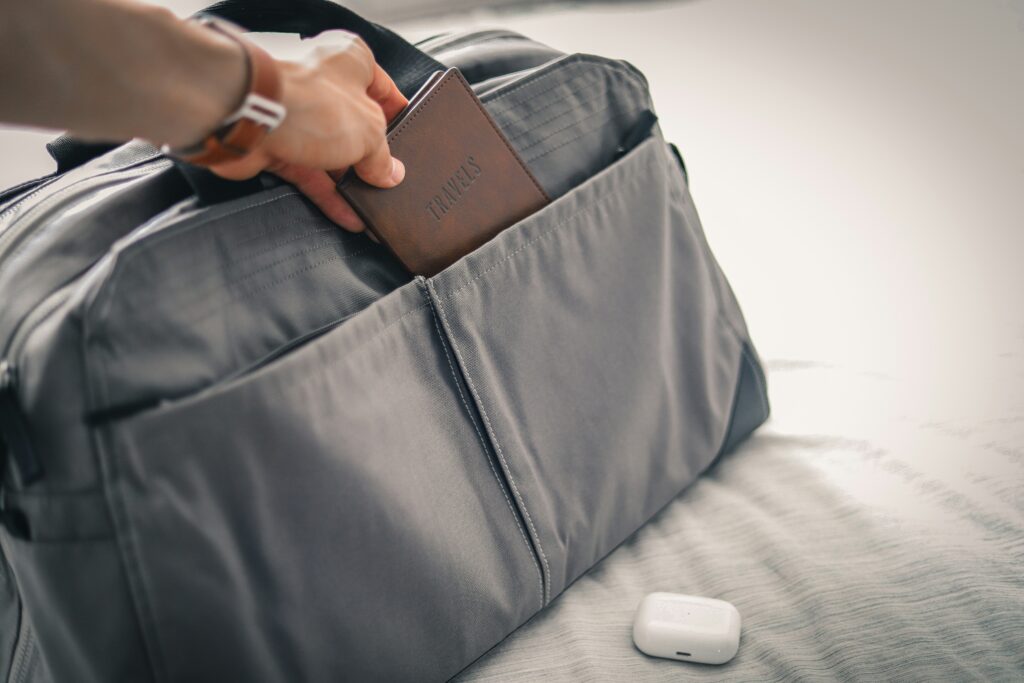Ever arrived at your dream destination only to find that your suitcase has cracked open during the flight? Yeah, us too. And trust me, standing in baggage claim with clothes spilling out while strangers awkwardly avoid eye contact is NOT the vacation glow-up you were aiming for.
If you’re tired of flimsy luggage that can’t handle the journey, this post is for YOU. Today, we’ll dive into why a resilient suitcase—specifically hardshell suitcases—is an investment worth making and how picking the right one can save you from travel nightmares. By the end, you’ll know exactly what makes a suitcase durable, where to buy it, and tips to care for it like a pro traveler.
Table of Contents
- Hardshell vs Softshell: The Battle of Durability
- Step-by-Step Guide to Finding the Perfect Resilient Suitcase
- Top Tips for Protecting Your Luggage Investment
- Real-Life Examples: How Resilient Hardshells Saved These Travelers
- Frequently Asked Questions About Resilient Suitcases
Key Takeaways
- A resilient suitcase protects your belongings and reduces stress on trips.
- Hardshell suitcases are built tougher than softshell options but come with trade-offs.
- Material quality (e.g., polycarbonate), wheel durability, and TSA locks matter most when choosing.
- Maintenance tips make your resilient suitcase last longer.
Hardshell vs Softshell: The Battle of Durability
Confession time: I once traveled with a $40 folding suitcase because I thought “Hey, they all do the same job.” Spoiler alert—they don’t. After two airport conveyor belts crushed it beyond recognition, I realized cheaper isn’t always better. Especially not when flying airlines treat your luggage like dodgeballs.
When shopping for luggage, you’re often stuck between hardshell suits and softside cases. While softsiders may look stylish (hello, fancy zippers!), their fabric exteriors are prone to tears, dents, and wear over time. A resilient suitcase, typically made from materials like polycarbonate or aluminum, offers superior protection against impacts and weather hazards.

Step-by-Step Guide to Finding the Perfect Resilient Suitcase
“Optimist You:” “Finding the perfect suitcase will be easy!”
“Grumpy You:” “Yeah, sure… unless you want one that doesn’t break by week two.”
- Research Material Quality: Look for polycarbonate instead of ABS plastic. Polycarbonate is lighter yet more impact-resistant, earning it the title of ‘chef’s kiss’ among travelers.
- Size Matters: Match the dimensions to your needs. Carry-ons fit under plane seats; check-ins let you pack for weeks. Don’t forget cabin size restrictions!
- Check the Wheels: Spinner wheels are fantastic if they turn smoothly. Test them before buying—you don’t need another broken wheel story ruining your trip.
- TSA Locks Are Non-Negotiable: No one likes tampered bags. Invest in models with built-in TSA-approved locks so customs agents can inspect without destroying your zipper.
Top Tips for Protecting Your Luggage Investment
Even the best resilient suitcase needs some TLC. Here’s how to keep yours in tip-top shape:
- Clean Regularly: Wipe down outer shells after every trip. Dirt buildup weakens finishes over time.
- Use Protective Covers: For extra defense, throw a canvas cover over your hardshell during transit.
- Avoid Overpacking: Cracking happens faster when lids pop off due to excess weight inside. Stick to airline limits.
- Store Properly: Keep your suitcase upright and dry. Sounds simple, but soggy basements ruin even the toughest cases.
Real-Life Examples: How Resilient Hardshells Saved These Travelers
Rant alert: Why does no one talk about real-world proof until something goes sideways? It took me losing three USB chargers inside busted zippers to realize my cheap suitcase was the culprit. Enter the hardshell hero.
Case Study #1: Sarah, a frequent flyer, switched to a resilient suitcase made of polycarbonate. Despite multiple flights through stormy weather, her belongings stayed dry thanks to its waterproof build. Bonus points—it survived being dropped by baggage handlers TWICE.
Case Study #2: Mark, who travels internationally for work, swears by his aluminum-framed carry-on. When his hotel caught fire mid-trip (yes, seriously), his hardshell protected his laptop and documents, ensuring he could still present at meetings.

Frequently Asked Questions About Resilient Suitcases
Q: What makes a suitcase truly ‘resilient’?
A: Materials like polycarbonate, reinforced handles, and sturdy wheels define resilience. Always prioritize tested brands.
Q: Isn’t aluminum better than polycarbonate?
A: Depends! Aluminum is stronger but heavier. If you value lightweight portability, poly wins.
Q: Can a resilient suitcase survive rough handling?
A: Absolutely—but nothing’s indestructible forever. Opt for shockproof corners and padded interiors for added peace of mind.
Q: Is there such a thing as TOO strong?
A: Yes. Some ultra-heavy models sacrifice usability. Balance strength with practicality.
Conclusion
Choosing a resilient suitcase isn’t just smart—it’s essential for hassle-free adventures. From understanding material differences to mastering maintenance tricks, this guide ensures you pick gear that lasts.
So here’s your final pep talk: Treat yourself to a reliable companion because life’s too short for bad luggage stories. Oh, and remember…
Metal shell, smooth spinny wheels,
No more spills—travel heals.
P.S. Remember iPod commercials? This advice is as timeless as those silhouettes dancing with white earbuds.


